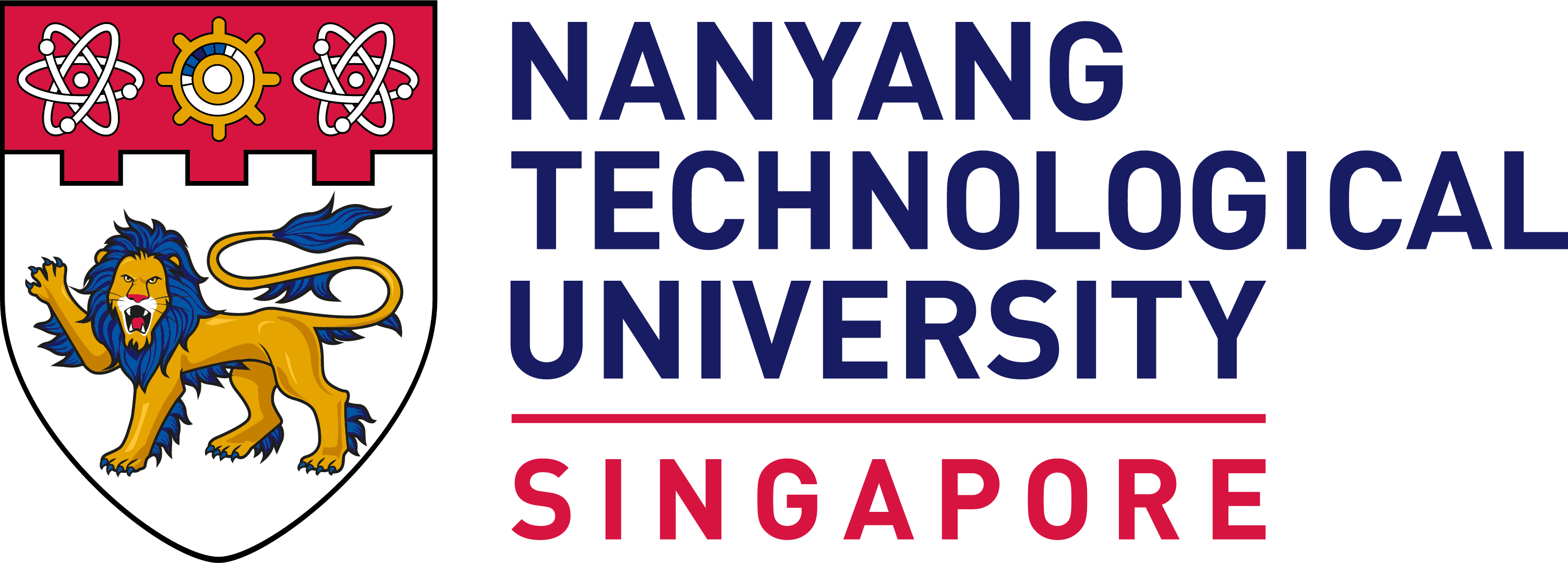Healthcare & Assistive Robotics

Connected Rehabilitation and Assistive Technology
The objective was to develop an affordable and portable robot that post-stroke patients could use for rehabilitation therapy at home or in community-based settings at their own pace with minimal supervision, as a complement to conventional therapy. H-Man is a compact low cost robot was developed for the rehabilitation/training of planar arm movements. It has an H-shaped cable-driven differential mechanism. The advantage of this mechanism is that it results in a system that is homogeneous, lightweight, and intrinsically safe for use. It can provide forces of up to 30 N at the end-effector (handle) in any specified direction in a planar workspace to assist or resist the motion of the user, and can be easily built using off the shelf components.
Principal Investigator: Professor Domenico Campolo
Robotics for Healthcare Facility Disinfection
During pandemics, there is a national demand for deep cleaning and disinfection services. According to news reports regarding the COVID-19 situation, working hours for cleaners have doubled to 16 hours a day due to the manpower crunch. To stop the transmission of a virus means we need a way to quickly disinfect surfaces, which is a labour-intensive and repetitive activity. To overcome this challenge, semi-autonomous robot was developed. The new robot differs from other disinfection robots currently on the market that are primarily intended to clean and vacuum floor surfaces and are unable to disinfect odd-shaped surfaces or anything above ground level. Using our new robot from a distance, a human operator can precisely control the disinfection process, increasing surface area cleaned by up to four times, with zero contact with surfaces.
Principal Investigator: Professor Chen I-Ming
Ability Data
The Ability Data aims to create the world's largest database of physical ability of people across age groups. The aim is to create a common database of case studies of patients across demographics of all ages and genders for all upper and lower limb abilities, and a baseline set of data from healthy patients to use as a benchmark for what would be considered the normal range of mobility within a specific age and gender demographic. With such a large volume of data, we would be able to study the change in parameters across time and, based on comparable case studies, map the recovery trajectory for individual patients working towards a known normal range of mobility based on their age, gender, weight, ethnicity and other useful data. Having a large database is critical in order to be able to detect patterns and map recovery timeframes and plan effective data-driven rehabilitation programmes.
Principal Investigator: Associate Professor Ang Wei Tech
Precision Rehabilitation
The research looks at how we can detect various medical conditions earlier, conduct precision assessment, restoration of ability by providing rehabilitation through a personalised approach. Foundational work needs to be done to understand the targeted medical conditions. This ranges from understanding the impact the condition has on the patient's physical and sensory abilities and the overall patient experience to assessing the impact on the patient's caregivers in the home. Our research will also look at how we can detect degenerative conditions earlier and how we can aid recovery through a personalised approach to rehabilitation aimed at reducing impairment through precision repair so that the patient regains function.
Principal Investigator: Associate Professor Ang Wei Tech
Assisted Ability
The Assisted Ability focuses on the development of both medical and industrial assistive robots and human-robot interaction algorithm to allow seamless collaboration between humans and robots. Using a novel data-driven approach and machine learning methods, we develop assistive robots to support people with disability and the elderly in applications such as mobility, fall prevention and activities of daily living. These personalised human-robot interfaces allow robot-user co-adaptation and optimal adjustment of the robotic assistance to the user’s ability level.
Principal Investigator: Associate Professor Ang Wei Tech
Artificial Intelligence-Enabled Solution for Biomedical Sciences
This research area consists of:
- Artificial Intelligence & Data Analytics: Innovating AI technologies including Machine Learning, Deep Learning, and Bayesian Network etc., for image processing, digital geometry processing, etc.
- Virtual & Augmented Reality: Seamless integration of the latest medical imaging technology, AI technology, Surgical, Pathology and Immunology technology for applications in clinical diagnosis and treatment.
- Bio-Medical Imaging: Systematic and user-friendly solution from multimodality images for automatic or semi-automatic segmentation, reconstruction and data analytics in medical applications.
Principal Investigator: Associate Professor Cai Yiyu
Shape-Programmable Millimetre-Scale Robots
Shape-programmable robots are machines that can be excited by external stimuli to generate desired time-varying shapes. These robots are especially appealing at small-scale because they have great potential to achieve functionalities unattainable by their rigid counterparts. For example, complex swimming gaits, which are similar to biological sperms and cilia, can only be created by soft miniature robots. As these miniature soft robots can easily access confined spaces within the human body, they show great promise to realize revolutionary biomedical applications such as targeted drug delivery and minimally-invasive surgeries.
Principal Investigator: Assistant Professor Lum Guo Zhan
Soft Robotic Applications
The research aims to explore soft robotic applications such as Soft grippers, Soft exoskeletons and Assistive devices. An active robotic fabric with controllable stiffness was developed, with three use cases, including Tremor Suppression Assistive Device, Upper Limb Exoskeleton for Weight-Lifting and Back Support Exoskeleton.
Principal Investigator: Assistant Professor Wang Yifan
Human-Centred Embodied AI
Understanding human behaviour is critical for advancing intelligent robotic systems. Rich human perception data can be leveraged to improve human-robot interaction, prioritizing safety, adaptability, and intelligence. By modelling human behaviour, pose dynamics, and cognitive states, personalisation strategies for embodied AI can be developed. These strategies ensure that robots can adapt their responses to individual users’ needs, preferences, and physical conditions, enhancing their autonomy and usability in real-world applications such as healthcare, assistive robotics, and industrial automation.
Principal Investigator: Assistant Professor Yang Jianfei















/enri-thumbnails/careeropportunities1f0caf1c-a12d-479c-be7c-3c04e085c617.tmb-mega-menu.jpg?Culture=en&sfvrsn=d7261e3b_1)

/cradle-thumbnails/research-capabilities1516d0ba63aa44f0b4ee77a8c05263b2.tmb-mega-menu.jpg?Culture=en&sfvrsn=1bc94f8_1)
